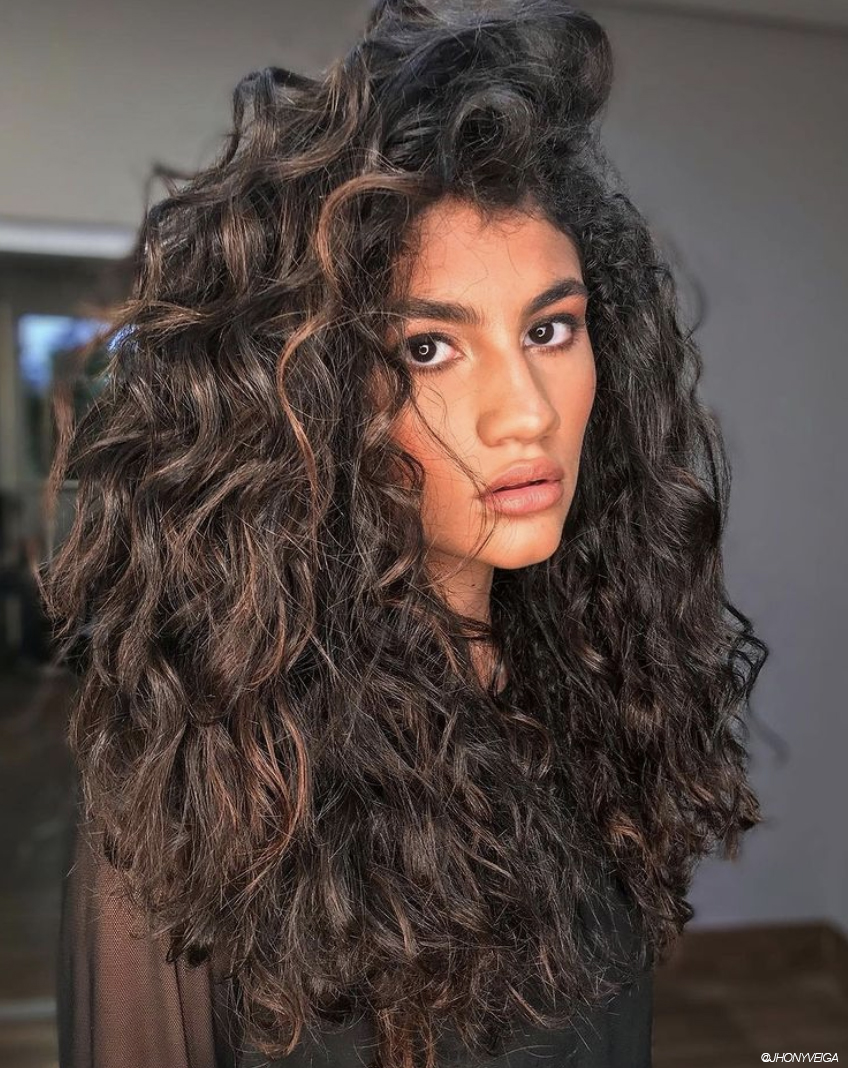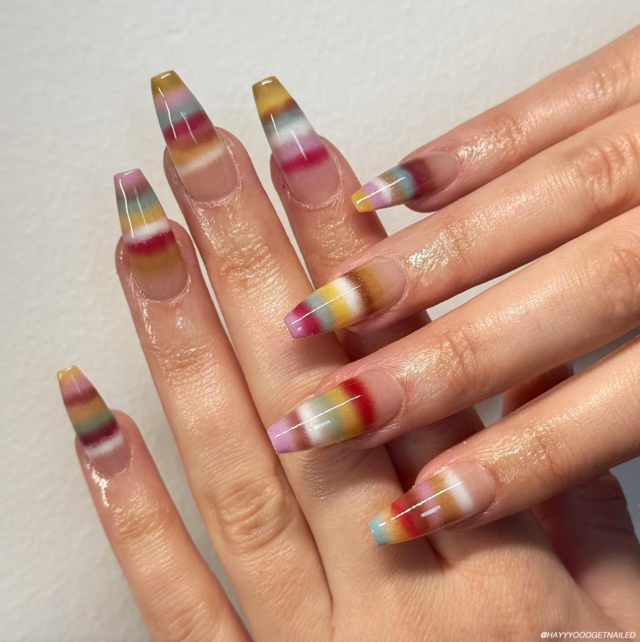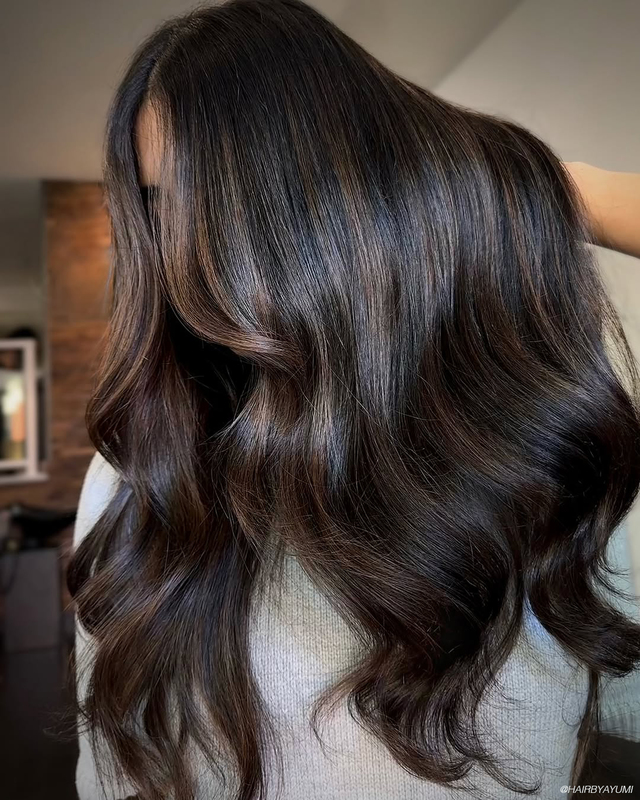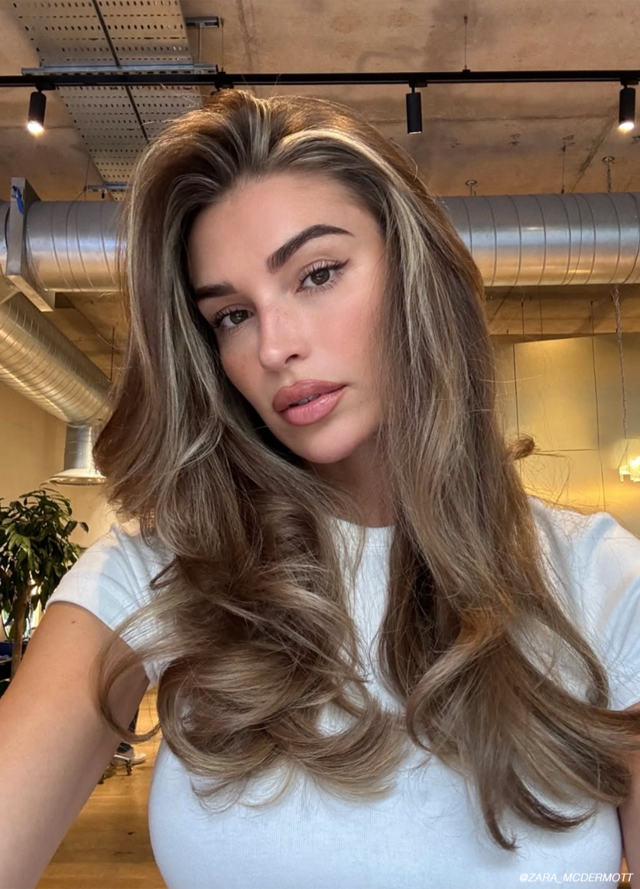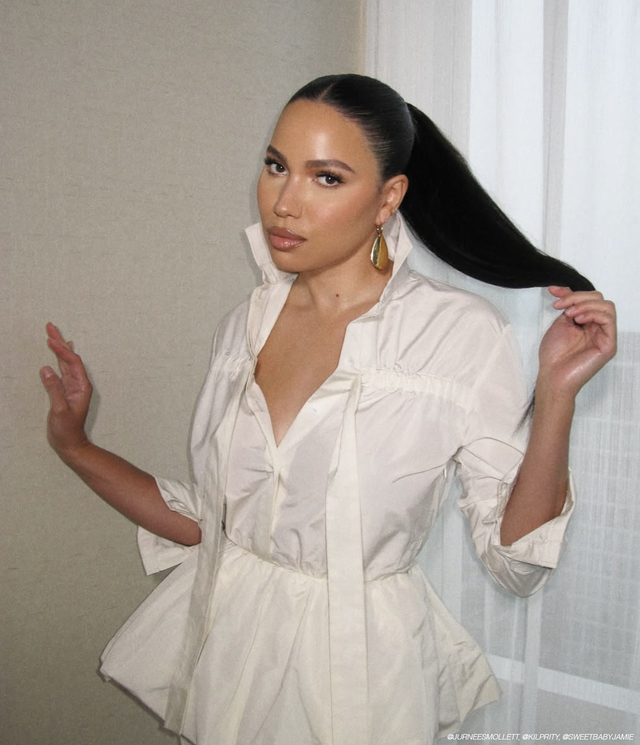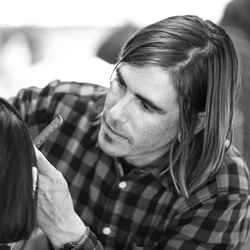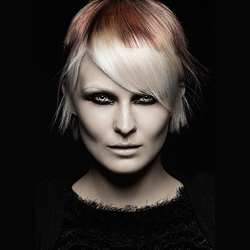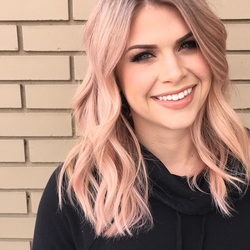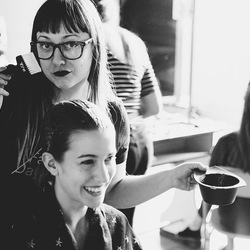Each school, salon, stylist and individual has a different theory when it comes to cutting curly hair and whether it is better to cut wet or dry. If you’re looking to expand your knowledge for cutting highly textured hair, the best person to consult may be your client.
Let’s face it, although clients might not be as savvy at wielding a blow dryer and should definitely stay away from dying their hair at home, when it comes to the natural state of their hair, they know best. Chances are that clients with curly or highly-textured hair have tried out various routines, styles, and stylists throughout the years. Like any hair type, much of perfecting a finished look comes from trial and error and knowing exactly what they do and don’t want.
The Case For Cutting Hair Wet
If your client wears their hair straight often or has a fairly loose wave pattern, it can be best to cut this hair type wet to ensure that all length is the same. This ensures that when they recreate a smooth style at home that there won’t be any uneven ends or random lengths. Due to the fact that curly hair can shrink once dry, you’ll want to factor this in when taking length off. Additionally, be sure to keep consistent tension throughout and cross-check once the hair is dry.
The Case For Cutting Hair Dry
Curly and highly textured hair has a beautiful mind of its own. It is not uncommon to have multiple curl types and textures within a single head, making the unique nature of their hair truly one of a kind. For clients that wear their natural texture, a dry cut is almost always a must. This will allow you to truly see where each curl, section or pattern falls and create a silhouette that suits your client.
When To Use a Combination of Wet and Dry
Fine hair textures that also have a wave or light curl to them can benefit from first cutting them wet, and then finishing them dry, especially when texturizing is involved. This can also an ideal technique for clients who wear their hair both straight and curly. By creating a base structure to your haircut on wet hair and then fine-tuning with texturizing techniques once dry, stylists are able to create a truly bespoke style.
